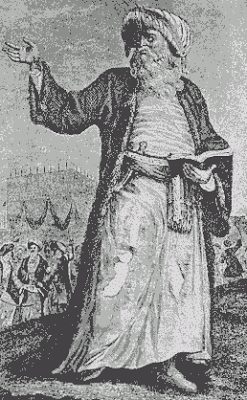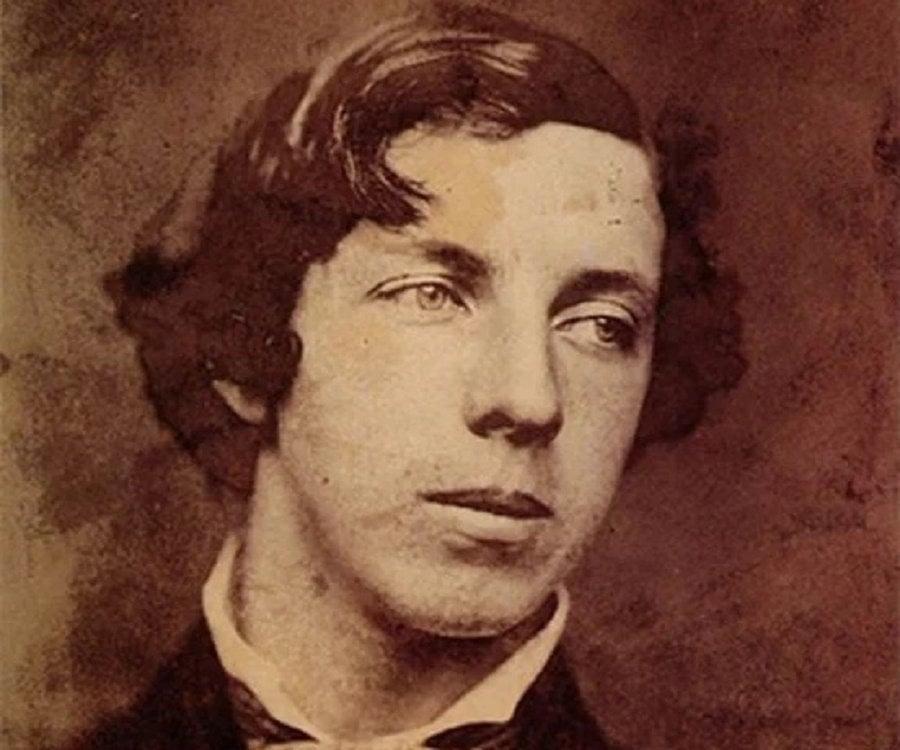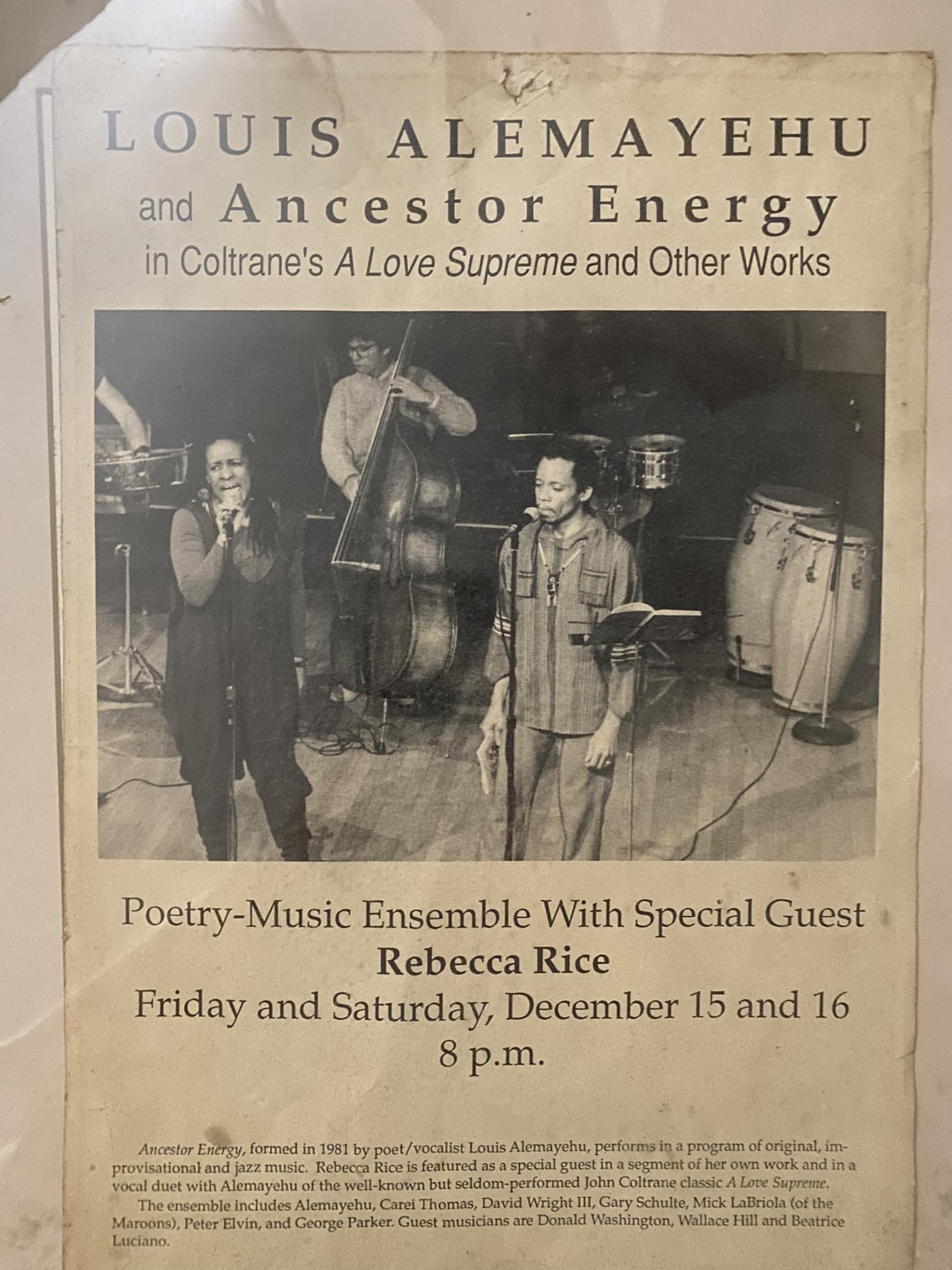Blog
Nabil Marshall Totah, 5 April 1930, Ramallah, Jordan. As a child, ‘Nobby’ Totah played violin and piano. Relocating to the USA in 1944, he studied political science before deciding on a career in music.
Taking up the bass in 1953, just as he engaged in military service, he played in army bands and then with Hampton Hawes and Toshiko Akiyoshi. These engagements occurred while he was in Japan and on his return to the USA the following year, he played briefly with Charlie ‘Bird’ Parker and then began long intermittent spells in small groups led by with Gene Krupa and by Johnny Smith.
Also during the 50s, Totah played with a wide range of artists including Eddie Costa, Tal Farlow, Bobby Jaspar, Herbie Mann, Zoot Sims, George Wallington and Phil Woods. During the next decade, he worked in bands led by Benny Goodman, Bobby Hackett, Max Kaminsky, Lee Konitz and Hazel Scott. Concurrent with these activities, Totah also led his own small groups using as sidemen a distinguished array of musicians, including Pepper Adams and Horace Parlan. A solid and reliable accompanist, Totah has always subordinated his role to the needs of the musicians he supports and has accordingly built a very high reputation within the jazz fraternity.
more...Billy Bland (April 5, 1932 – March 22, 2017) was an American R&B singer and songwriter. Bland, the youngest of 19 children, first sang professionally in 1947 in New York City, and sang with a group called The Bees in the 1950s on New Orleans‘s Imperial Records. In 1954, “Toy Bell” by the group caused some unrest by veering into the dirty blues genre. Dave Bartholomew brought them to New Orleans, where they recorded a song he had written and recorded twice before: firstly in 1952 for King Records as “My Ding-a-Ling“, and later that year for Imperial as “Little Girl Sing Ting-A-Ling”. Bland later pursued a solo career.
more...Stanley William Turrentine (April 5, 1934 – September 12, 2000 Pittsburgh) was an American jazz tenor saxophonist and record producer. He began his career playing R&B for Earl Bostic and later soul jazz recording for the Blue Note label from 1960, touching on jazz fusion during a stint on CTI in the 1970s. He was described by critic Steve Huey as “renowned for his distinctively thick, rippling tone [and] earthy grounding in the blues.”In the 1960s Turrentine was married to organist Shirley Scott, with whom he frequently recorded, and he was the younger brother of trumpeter Tommy Turrentine, with whom he also recorded.
more...
“I know who I was when I got up this morning, but I think I must have been changed several times since then”-Lewis Carroll


Friday April 4th 2025 6pm Erev Shabbat Service with MJ Gilbert. Music with Inbal Sharett-Singer, Jayson Rodovsky, Jeff Bailey, Pete Whitman and mick laBriola.
more...
Scanning the skies for galaxies, Canadian astronomer Paul Hickson and colleagues identified some 100 compact groups of galaxies, now appropriately called Hickson Compact Groups. The four prominent galaxies seen in this intriguing telescopic skyscape are one such group, Hickson 44. The galaxy group is about 100 million light-years distant, far beyond the spiky foreground Milky Way stars, toward the constellation Leo. The two spiral galaxies in the center of the image are edge-on NGC 3190 with its distinctive, warped dust lanes, and S-shaped NGC 3187. Along with the bright elliptical, NGC 3193 (above and left) they are also known as Arp 316. The spiral toward the lower right corner is NGC 3185, the 4th member of the Hickson group. Like other galaxies in Hickson groups, these show signs of distortion and enhanced star formation, evidence of a gravitational tug of war that will eventually result in galaxy mergers on a cosmic timescale. The merger process is now understood to be a normal part of the evolution of galaxies, including our own Milky Way. For scale, NGC 3190 is about 75,000 light-years across at the estimated distance of Hickson 44. 100mly

Alfredo “Chocolate” Armenteros (4 April 1928 – 6 January 2016) was a Cuban trumpeter. He played with artists such as Arsenio Rodríguez, Generoso Jiménez, Chico O’Farrill, Orchestra Harlow, Eddie Palmieri, Cachao and Sonora Matancera. Due to his characteristic approach to Afro-Cuban trumpet playing as well as his extensive recording career, several monographs have been written on his music.
more...Elmer Bernstein (April 4, 1922 – August 18, 2004) was an American composer and conductor. In a career that spanned over five decades, he composed “some of the most recognizable and memorable themes in Hollywood history”, including over 150 original film scores, as well as scores for nearly 80 television productions. For his work, he received an Academy Award for Thoroughly Modern Millie (1967) and a Primetime Emmy Award. He also received seven Golden Globe Awards, five Grammy Awards, and two Tony Award nominations.
He composed and arranged scores for over 100 film scores, including Sudden Fear(1952), The Man with the Golden Arm (1955), The Ten Commandments (1956), Sweet Smell of Success (1957), The Magnificent Seven (1960), To Kill a Mockingbird (1962), The World of Henry Orient (1964), The Great Escape (1963), Hud (1963), Thoroughly Modern Millie (1967), True Grit (1969), My Left Foot (1989), The Grifters (1990), Cape Fear (1991), Twilight (1998), and Far from Heaven (2002). He is known for his work on the comedic films Animal House (1978), Meatballs (1979), Airplane! (1980), The Blues Brothers (1980), Stripes (1981), Trading Places (1983), Ghostbusters (1984), Spies Like Us (1985), and Three Amigos (1986).
He also worked on frequent collaborations with directors Martin Scorsese, Robert Mulligan, John Landis, Ivan Reitman, John Sturges, Bill Duke, George Roy Hill, Richard Fleischer, John Frankenheimer, and Henry Hathaway.
more...Hugh Ramapolo Masekela (4 April 1939 – 23 January 2018) was a South African trumpeter, flugelhornist, cornetist, singer and composer who was described as “the father of South African jazz“. Masekela was known for his jazz compositions and for writing well-known anti-apartheid songs such as “Soweto Blues” and “Bring Him Back Home“. He also had a number-one US pop hit in 1968 with his version of “Grazing in the Grass“.
more...McKinley Morganfield (April 4, 1913 – April 30, 1983), better known as Muddy Waters was an American blues singer-songwriter and musician who was an important figure in the post-World War II blues scene, and is often cited as the “father of modern Chicago blues“. His style of playing has been described as “raining down Deltabeatitude”.
Muddy Waters grew up on Stovall Plantation near Clarksdale, Mississippi, and by age 17 was playing the guitar and the harmonica, copying local blues artists Son House and Robert Johnson. In 1941, Alan Lomax and Professor John W. Work III of Fisk University recorded him in Mississippi for the Library of Congress. In 1943, he moved to Chicago to become a full-time professional musician. In 1946, he recorded his first records for Columbia Records and then for Aristocrat Records, a newly formed label run by brothers Leonard and Phil Chess.
more...Harmonic tension between the E major and F major chords is prevalent in the Soleá form, causing both harmonic and tension and resolve throughout a performance. A Soleá may include the escobilla section, where the beat shifts to a feeling of three (1,2,3, 4,5,6, 7,8,9, 10,11,12).
After a long night of dancing and singing lively toques, guitarists may play the Soleá as a melancholy conclusion. When the drinks are finished and there’s a stillness in the air, and the sun is on the verge of rising…play the Soleá.
more...More Posts
- Daily Roots with Slim Smith
- The Cosmos with UGC 2885
- Emily Remler
- Steve Marcus
- Louis Myers
- World Music with Crossing Borders with David Stenshoel
- Daily Roots with Delroy Wilson
- The Cosmos with Caldwell 49
- Jack McDuff
- Hank Williams
- Blind James Campbell
- Flamenco Fridays with José Galván
- Daily Roots with Stranger Cole, Duke Reid’s Band
- Yom Kippur Service
- The Cosmos with NGC 7000
- Earl Klugh
- Charlie Byrd
- B.B. King
- World Music with Yoval Ron
- Daily Roots with Cocoa Tea & Shabba Ranks



